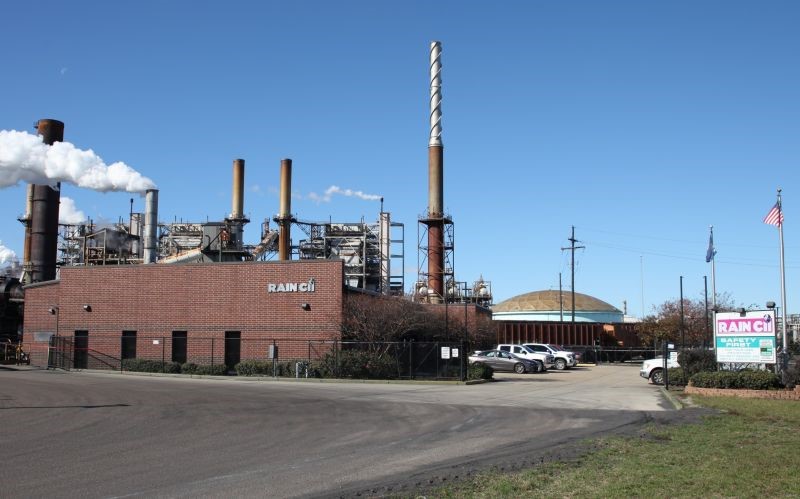

The world leader and innovator in producing raw materials critical to users of carbon products worldwide, including the aluminium sector, stated that the aluminium smelters could only meet their emissions targets with costly technological measures to deal with carbon anode emissions. Governments must incentivize such investments by putting a carbon price to encourage such investments.

In a recent case study presented by Rain Carbon at a Global Coke and Carbon Conference in Seattle, Washington, it was revealed that carbon supply chain and emissions related to carbon processes accounted for over 50 per cent of the total emissions generated by a low-carbon aluminium smelter.
Maia Hunt, the Technical Services Director of Rain Carbon, said, "Achieving net zero for primary aluminium will not be possible without either inert anodes or carbon capture across the supply chain."
Rain Carbon presented its comprehensive analysis to quantify the whole lifecycle emissions of a smelting operation. This study drew on information from the Alouette aluminium smelter in Quebec, Canada. It assumed the anode raw materials were sourced from Rain's calciner facility in Lake Charles, Louisiana. This approach enabled the presentation of a thorough end-to-end emissions assessment for a low-carbon aluminium smelting process.
When powered by renewable energy, a smelter such as Alouette can successfully attain a goal of less than 4 tonnes of carbon dioxide equivalent (CO2e) per tonne of aluminium production. Smelters commonly employ this benchmark to designate specific aluminium products as environmentally friendly, focusing primarily on direct (scope 1) and indirect (scope 2) emissions. However, when one takes into account scope 3 emissions, which encompass aspects of the supply chain, including coke calcining, meeting this standard becomes significantly more difficult, as noted by the calciner.
Rain Carbon discovered that more than 50 per cent of the emissions associated with the smelter's entire production process, from its inception to the gate, were not directly linked to the operation of the smelter itself. Carbon emissions from the supply chain and carbon-related processes constituted 64 per cent of the total emissions. Additionally, the production of anodes, which includes the utilization of raw materials such as calcined petroleum coke (CPC) and coal tar pitch (CTP), along with the anode baking process, accounted for 21 per cent of the smelter's overall carbon footprint.
As Rain Carbon indicates, removing coke from the aluminium smelting process presents a substantial challenge. Traditional smelting relies on carbon anodes that are essential in the process but produce CO2 emissions. Inert anodes, which release oxygen instead, are still in the early stages of development before they can be effectively implemented on a large scale within the industry. Converting existing smelters to accommodate this technology is not feasible, necessitating the construction of new smelters, which would demand substantial capital investment.
Implementing carbon capture, utilization, and storage (CCUS) technology is imperative throughout the production process to achieve a carbon-neutral operation while retaining carbon anodes. However, the present expense associated with this technology poses a significant barrier, potentially hindering calciners and smelters from remaining competitive against global rivals who do not commit to similar investments in emissions reduction.
Rain Carbon added, "In 2021, Rain conducted a feasibility study on CCUS to reduce greenhouse gas emissions at its calcination plants and determined that immediate implementation is unrealistic as the technology is cost prohibitive. Capital costs to add CCUS technology at the Lake Charles calciner are estimated to exceed $160 million, although the project would be applicable for some tax credits."
"But if tax credits for CCUS increase substantially, or if the US government adopts an aggressive carbon pricing policy, the technology may become more economically feasible. More efficient CCUS technologies could also incentivize installation at calciners."



Responses






